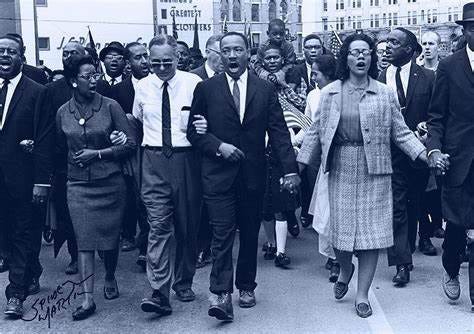Special thanks to those who have recently subscribed!❤️
Welcome to Issue 7 of Becoming Berkshire. Buffett & Munger have given us a roadmap to replicate Berkshire’s success; I intend to follow the crumbs and document what I learn.
The Year is 1965; War begins to escalate in Vietnam as the first US combat troops start to arrive, MLK attempts to march from Selma to Montgomery, Malcolm X is assassinated, and Alexei Leonov leaves his spacecraft in a specialized spacesuit and conducts a twelve-minute spacewalk while Dow Jones returns 14.2%.
Buffett Partnership Limited
Buffett rarely discussed the securities he invested in; however, he seemed keen on introducing Berkshire to his partners.
Our purchases of Berkshire started at a price of $7.60 per share in 1962. This price partially reflected large losses incurred by the prior management in closing some of the mills made obsolete by changing conditions within the textile business (which the old management had been quite slow to recognize). In the postwar period the company had slid downhill a considerable distance, having hit a peak in 1948 when about $29 1/2 million was earned before tax and about 11,000 workers were employed. This reflected output from 11 mills.
At the time we acquired control in spring of 1965, Berkshire was down to two mills and about 2,300 employees. It was a very pleasant surprise to find that the remaining units had excellent management personnel, and we have not had to bring a single man from the outside into the operation. In relation to our beginning acquisition cost of $7.60 per share (the average cost, however, was $14.86 per share, reflecting very heavy purchases in early 1965), the company on December 31, 1965, had net working capital alone (before placing any value on the plants and equipment) of about $19 per share.
Berkshire is a delight to own. There is no question that the state of the textile industry is the dominant factor in determining the earning power of the business, but we are most fortunate to have Ken Chace running the business in a first-class manner, and we also have several of the best sales people in the business heading up this end of their respective divisions. While a Berkshire is hardly going to be as profitable as a Xerox, Fairchild Camera or National Video in a hypertensed market, it is a very comfort able sort of thing to own. As my West Coast philosopher says, “It is well to have a diet consisting of oatmeal as well as cream puffs.”1
Keep reading with a 7-day free trial
Subscribe to Becoming Berkshire to keep reading this post and get 7 days of free access to the full post archives.





